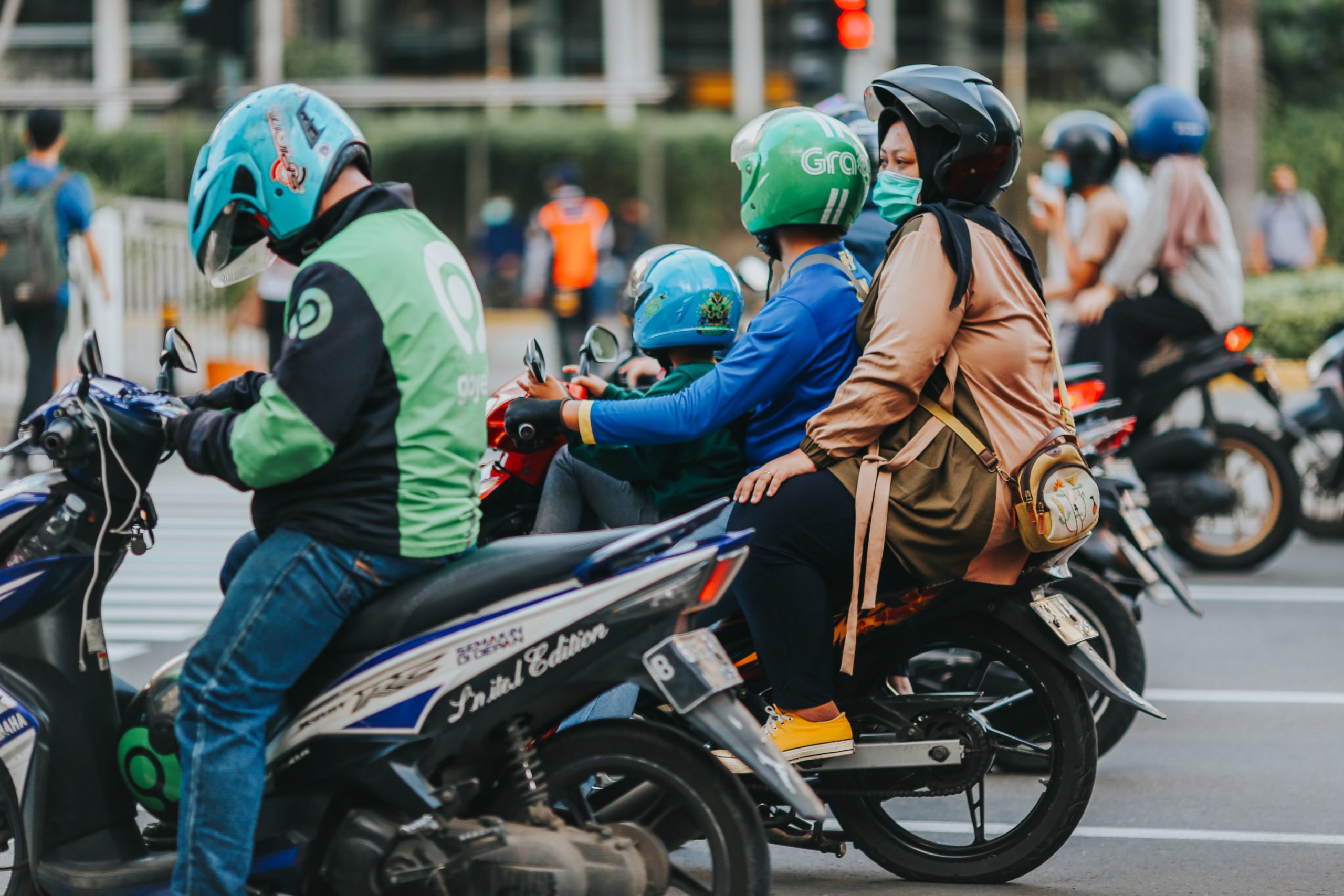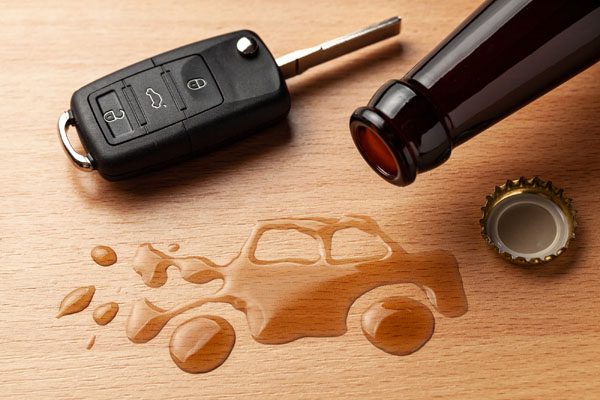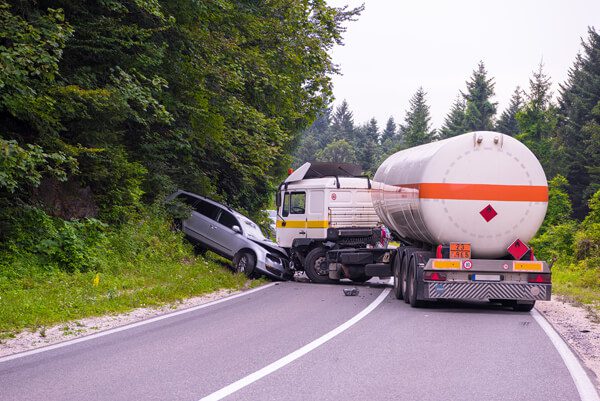Why Are Left-Turn Accidents So Dangerous for Motorcyclists?


The U.S. roadway system isn’t made up solely of straight lines. Roads take twists and turns, the most dangerous of which is the left turn. A National Highway Traffic Safety Administration report estimates that 61 percent of crashes involve a left-hand turn. While left turns can be hazardous for all motorists, they are especially perilous for motorcycle riders.
The personal injury team at The Johnson Injury Firm wants to help all motorcycle riders understand what makes left turns so hazardous and how they can avoid an accident.
What Makes Left Turns So Dangerous for Motorcyclists?
Left-hand turns are particularly treacherous for motorcycle riders, but why? Making a left-hand turn means you must cross traffic and put your bike into the path of oncoming cars. Motorcycle riders turning right do not have to cross oncoming traffic. However, turning left means you must be wary of oncoming vehicles in the opposite lane. These cars may not always be paying close attention to their surroundings and can miss seeing a motorcycle rider crossing ahead of them.
While left-hand arrows can help alleviate the problem, many signals are all too brief. Constant congestion at intersections can compound the problem and make riders feel rushed to complete their turning maneuver.
Some of the most common causes of significant left turn accidents include:
- Driver distraction
- Driver under the influence of drugs or alcohol
- The driver failed to see the smaller-sized rider
- Other drivers making an illegal turn
- Turning without using a signal
- Driver misjudging the distance of the turning rider
- Speeding
Driving while distracted is one of the most common causes of left-hand turn motorcycle accidents. Motorists must be watching for oncoming traffic, changing traffic signals, pedestrians in the intersection, traffic congestion, and a host of other potential hazards. One moment of distraction is all it takes to collide with a left-turning motorcycle rider.
Common Left-Hand Turn Motorcycle Accident Injuries
Left-turn accidents are especially hazardous to motorcycle riders because these riders lack the protection of an enclosed vehicle, metal frame, and airbags. A rider may not have time to take evasive actions to avoid a collision or brace themselves for a crash. Instead, the full brunt of the impact can catch a rider off guard and cause significant injuries.
Injuries commonly associated with left-hand turn motorcycle accidents include:
- Traumatic brain injury
- Paralysis
- Neck and spine injuries
- Broken bones
- Facial injuries
- Road rash
- Burns
- Internal bleeding
- Soft tissue injuries
- Lacerations
- Contusions
Left-Hand Turn Safety Precautions
While left-hand turns are inherently more dangerous than right-hand turns, there are steps you can take to help make turning a little safer.
- Wear a helmet
- Stay visible by wearing riding gear or clothing that makes you easier to see, especially at night
- Yield the right of way to other traffic
- Signal that you are making a left-hand turn at least 150 feet before the intersection
- Give yourself plenty of time to make the turn
- Stay alert because other motorists may not be aware of their surroundings
You may also consider taking a motorcycle safety course for more helpful tips. Rider training programs are offered across the state. The Virginia Department of Motor Vehicles provides a list of all course locations.
Injured in a Left Turn Accident? Contact an Experienced Virginia Motorcycle Accident Attorney
If you’ve been injured by a negligent driver while making a left-hand turn, contact the legal team at The Johnson Injury Firm today. We can help you evaluate your legal options for recovering valuable compensation.
For a free consultation, contact our office by calling (804) 262-9000 today. We can help you seek the compensation you deserve after a serious left-hand turn collision that was someone else’s fault.







